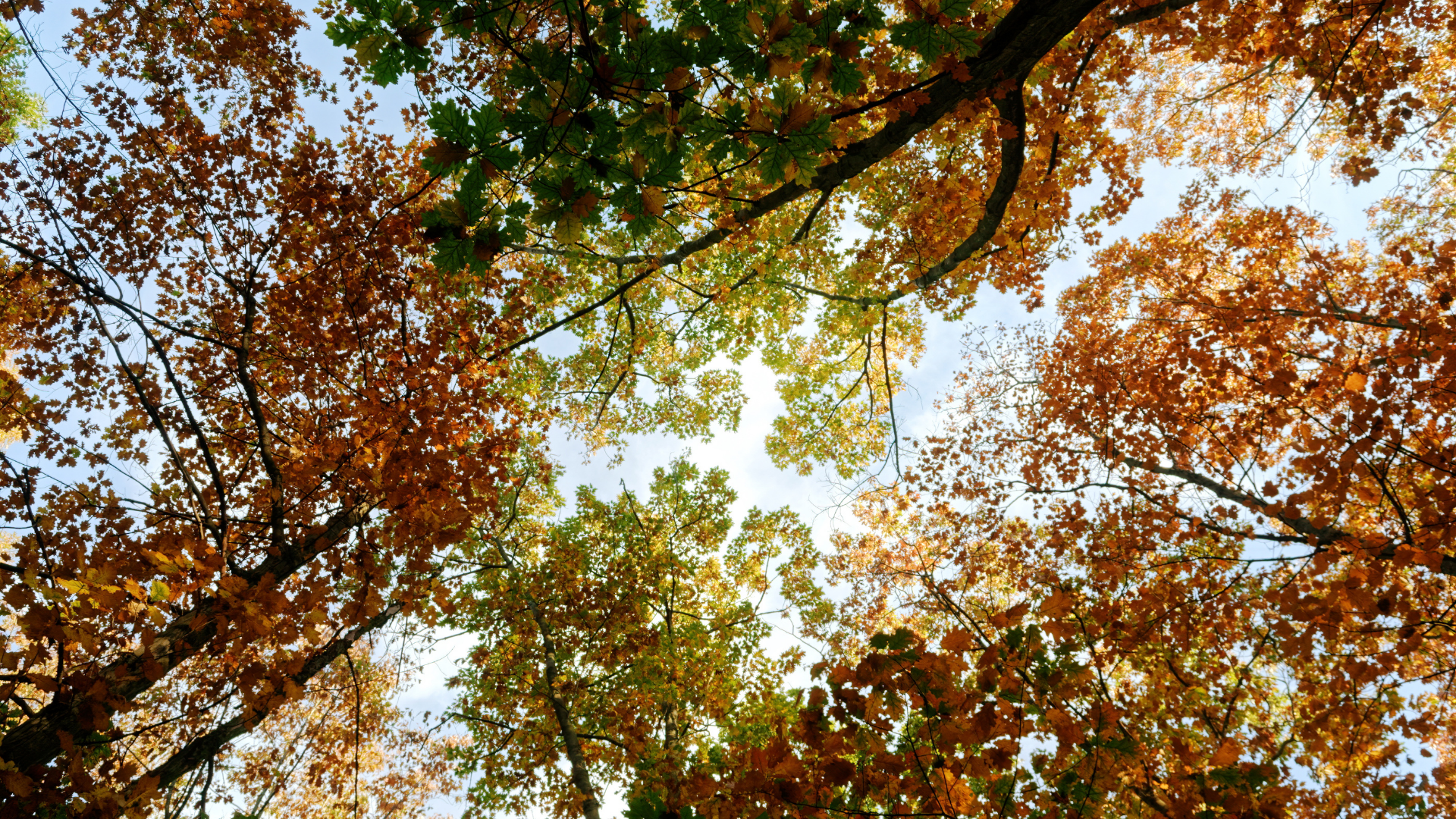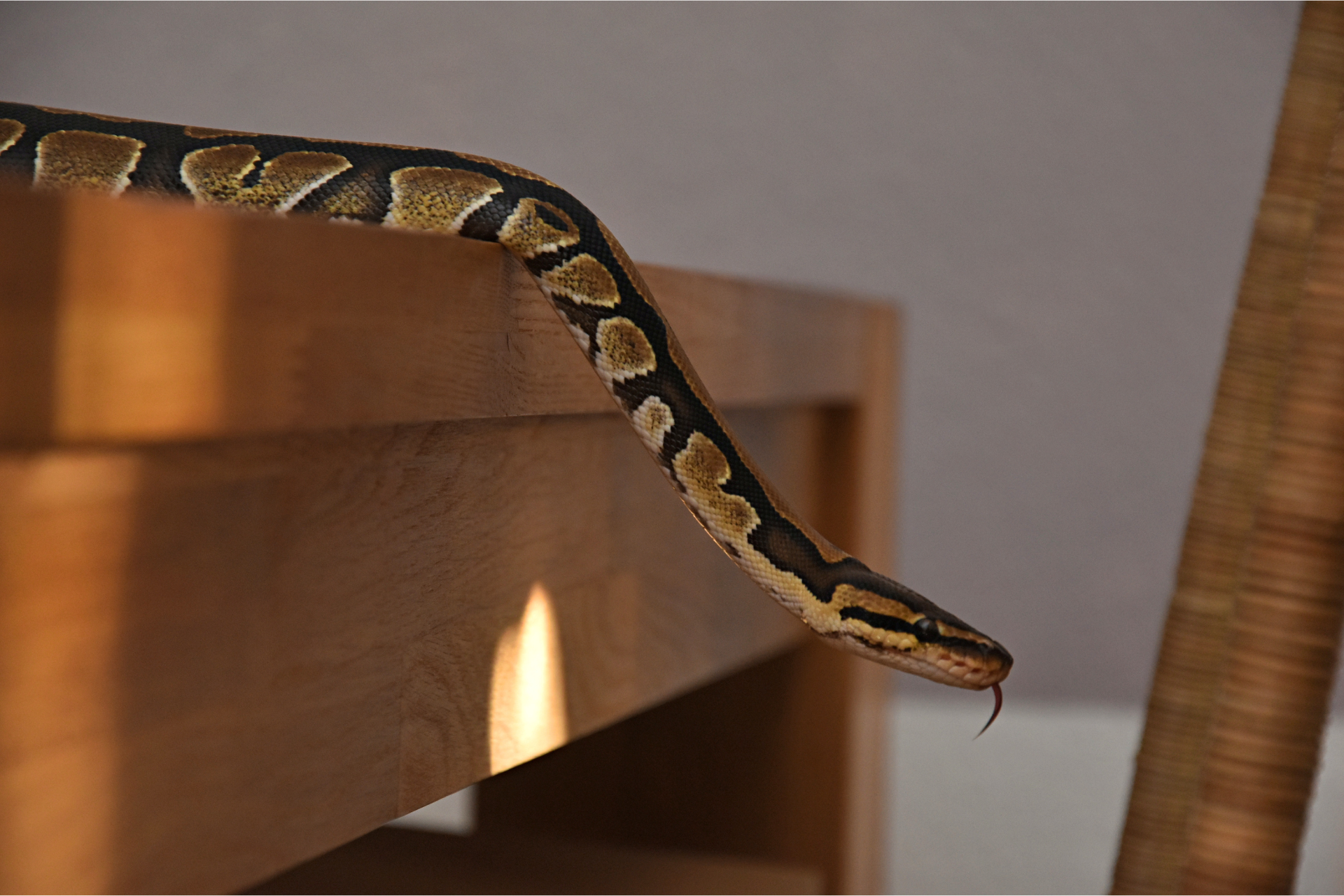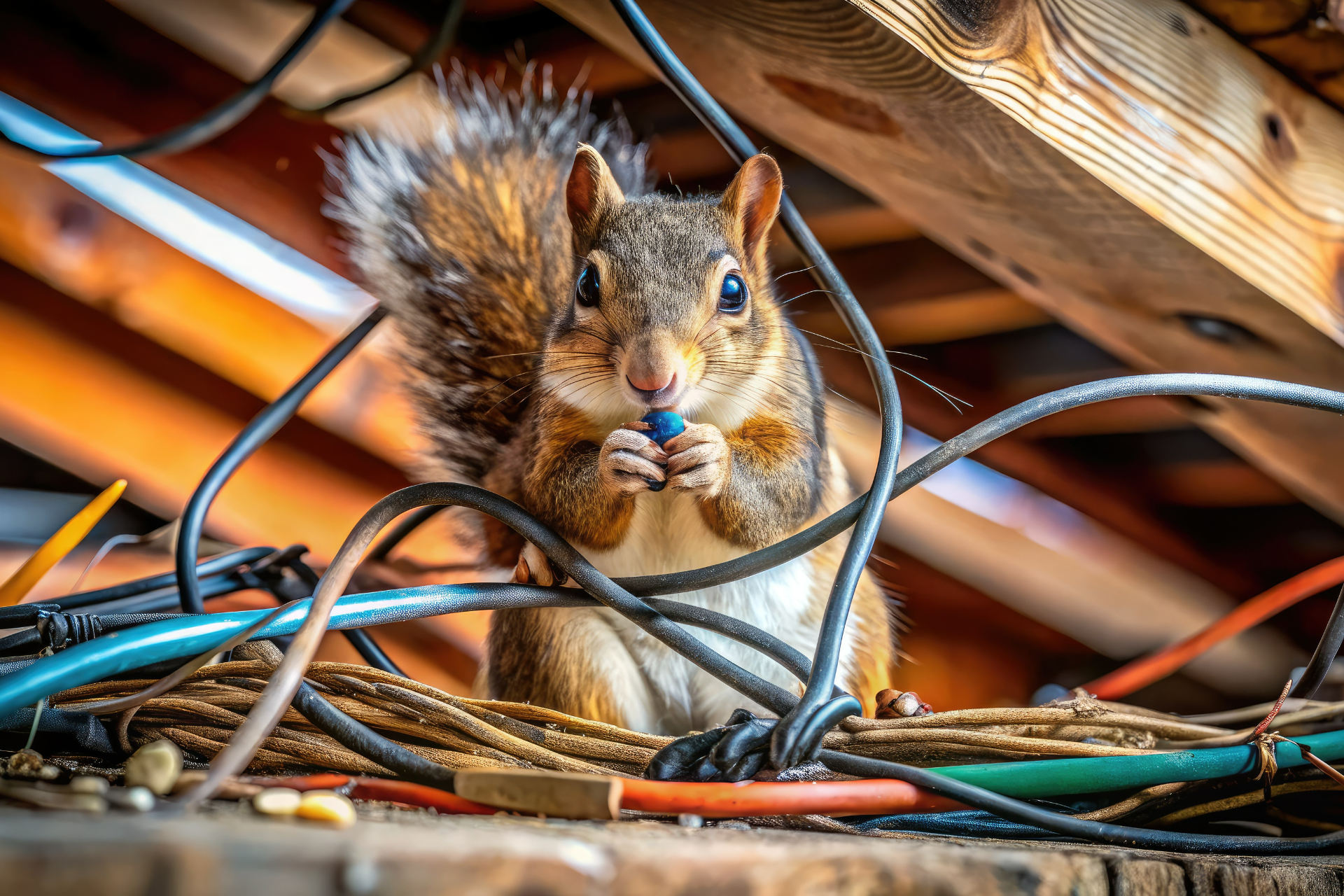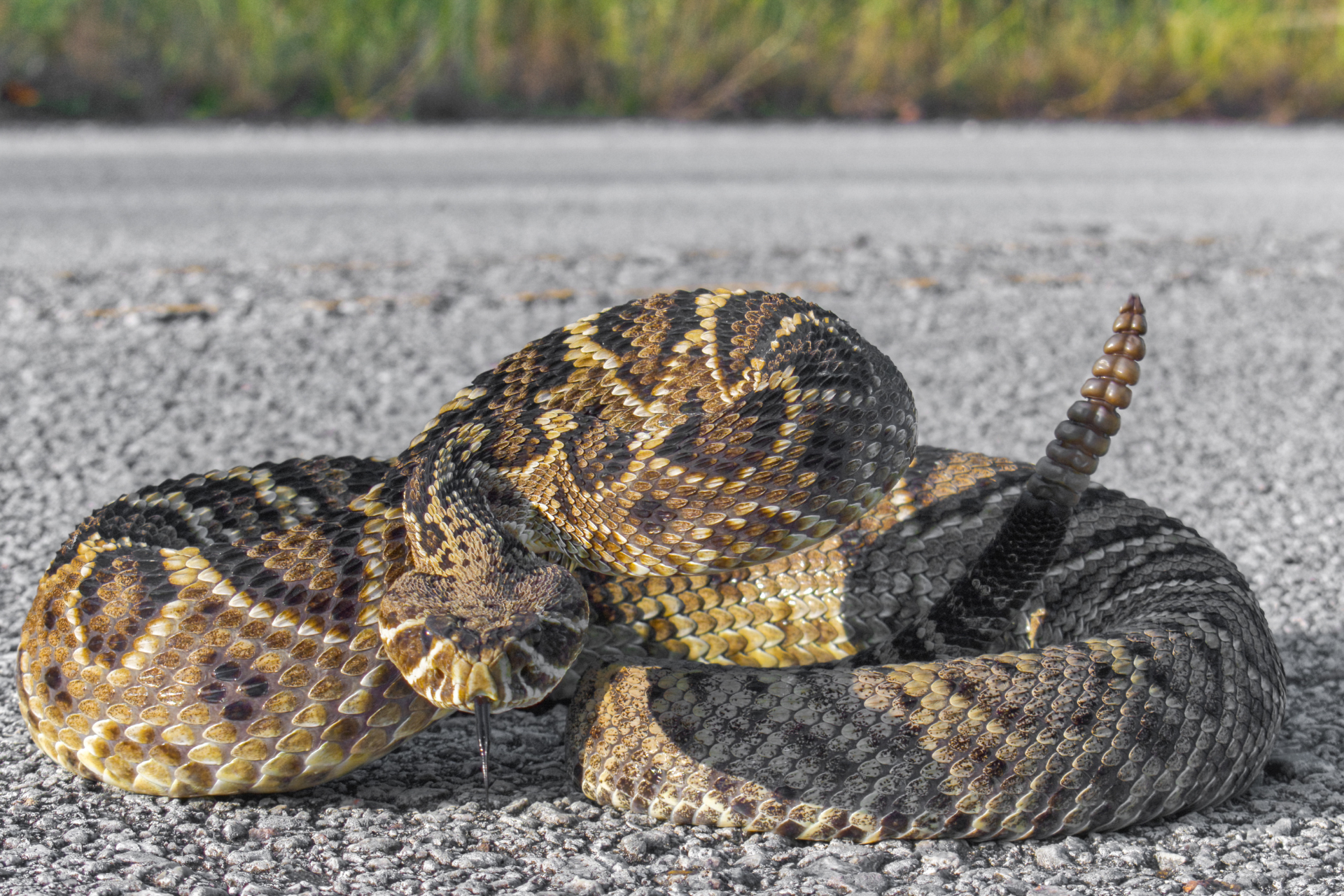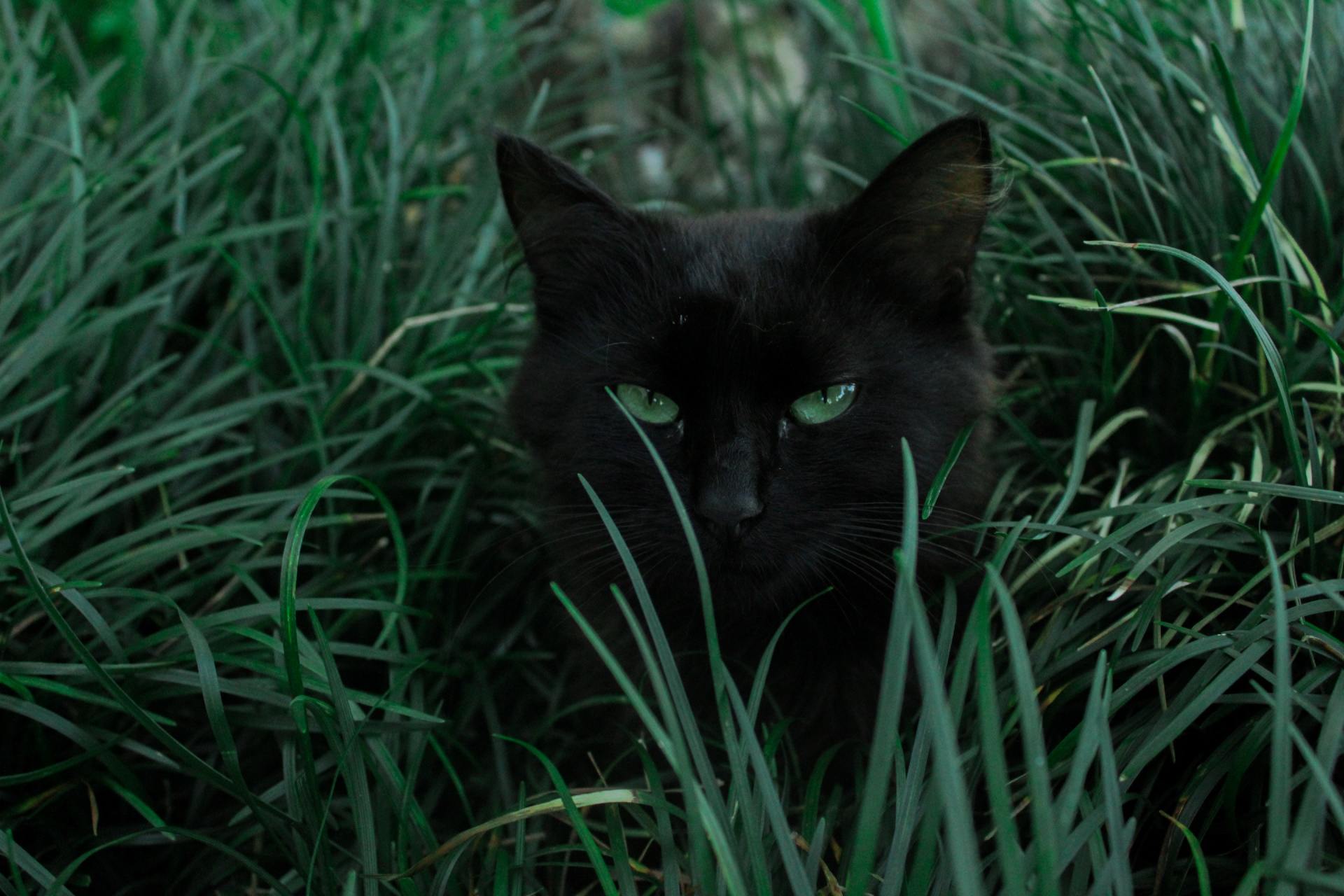Wildlife Entry During Storm Damagen
How Weather-Related Repairs Leave Homes Exposed
When powerful storms roll through, most people are thinking about fallen trees, leaking roofs, and flickering power. What often gets overlooked in the aftermath is a quiet but pressing problem—wildlife taking advantage of the damage. It doesn’t take much for animals to find a way in when wind, rain, and debris have weakened your home’s defenses. A single lifted vent, cracked soffit, or missing shingle can quickly become an open invitation to raccoons, squirrels, bats, or birds looking for shelter from the chaos outside.
Storm damage changes the game for wildlife. It throws off their usual hiding places, floods burrows, destroys tree hollows, and flattens dense brush. Displaced and panicked, they start looking for somewhere—anywhere—that offers cover, warmth, and dryness. Your attic, crawlspace, or even chimney might check all those boxes if a storm has compromised your home’s exterior. And once they’re in, they rarely just sit quietly. Noise, droppings, nesting debris, and chewed wires are just the beginning.
The Perfect Storm: How Structural Damage Draws Wildlife In
After a storm, it’s not uncommon to see loose shingles fluttering in the wind or an attic vent dangling precariously. These small breaches might seem insignificant at first glance, but to an animal, they’re an open door. Take missing shingles, for instance. They expose the underlayment and roof decking, which weakens your roof’s integrity and can make it easier for animals to dig their way through. Raccoons, in particular, are notorious for exploiting softened wood on rooftops, especially when it’s already been compromised by moisture.
Lifted or damaged vents can also be a major access point. Dryer vents, attic louvers, soffit vents—all of them serve an important role in keeping your home well-ventilated, but once they’ve been knocked loose or peeled back by wind, they become vulnerable. Rodents and small mammals can squeeze through spaces much smaller than you'd expect. Bats and birds are equally opportunistic, slipping through narrow gaps with ease and setting up camp before you've even noticed anything's wrong.
In many cases, people assume animals only target homes in wooded areas or near fields. But the truth is, if a storm causes enough disruption, animals will travel farther and get bolder in search of shelter. Urban and suburban homes are just as likely to attract wildlife during these times, especially if there’s roof damage that hasn’t been addressed right away. Once animals get in, they can be incredibly hard to remove without professional help, and the longer they’re allowed to stay, the worse the damage tends to get.
Water Damage: A Double-Edged Threat
Water damage isn’t just a structural concern. It can also create a ripple effect that draws wildlife in faster than you’d expect. When insulation becomes soaked, it loses its ability to regulate temperature, which can make your attic or walls more inviting to animals trying to stay warm. Damp insulation also makes excellent nesting material. To animals like squirrels and mice, it's soft, easy to chew, and already half-shredded thanks to the storm. It becomes a perfect bedding solution.
Then there’s the issue of rot. Wood that’s begun to decay due to water infiltration becomes much easier to tear into. Raccoons can rip open roof decking with little resistance when it's been softened by moisture. Squirrels can widen cracks and crevices that would normally stop them cold. Over time, even minor water intrusion can eat away at the strength of your home’s outer shell, turning it into something animals can exploit without much effort.
Humidity and moisture can also lead to mold growth, which doesn’t bother animals one bit. But it’s a serious health concern for the people living in the home. The presence of wildlife only complicates things, as their waste accelerates mold development and worsens air quality. What starts as a small leak from a lifted shingle can end up impacting your family’s health, all while providing animals with an increasingly comfortable spot to nest.
The Hidden Risks Of Delayed Repairs
It’s easy to put off roof or siding repairs after a storm, especially if the damage doesn’t seem urgent. But wildlife doesn’t wait. They work quickly, especially in the days and weeks following a storm when their natural habitat has been damaged or destroyed. What looks like a small gap today can become a full-fledged entry point tomorrow if an animal decides to make a move.
Waiting too long to fix things like detached soffits, bent vents, or water-damaged fascia boards means the window of opportunity stays open. And with each passing day, the chances of animals discovering it go up. Many homeowners don’t even realize they’ve had an animal inside until they hear noises in the attic, smell something odd, or find a chewed-up wire behind a wall. By that point, the problem has usually escalated beyond a quick fix.
And then there’s the issue of nesting. If animals make it into your attic or crawlspace and decide to raise their young, things get even more complicated. Wildlife removal becomes a matter of careful timing and humane intervention. You can’t simply block them out once babies are involved. The removal process stretches out, the cost goes up, and the longer they stay, the more they destroy. Nesting materials, feces, urine, and parasites all pile up, making cleanup a major project of its own.
Prevention Starts With Proactive Inspection
The best time to think about wildlife entry is before a storm ever hits—but if that ship has sailed, the next best time is immediately after. As soon as the winds die down and it's safe to assess the exterior, it’s crucial to check for signs of damage that could invite trouble. Even small compromises like a lifted shingle or dislodged gable vent can create big problems if left unchecked. Animals are quick to spot weak points, and they're incredibly persistent once they sense an opportunity.
Inspecting your roof, attic, vents, and siding should be part of your post-storm routine. Don’t just look for leaks or water stains—look for gaps, cracks, droppings, nesting debris, and even subtle changes in airflow around vents. These seemingly minor details can point to a much bigger issue brewing behind the walls. And if you're unsure what to look for, it’s wise to bring in someone who knows exactly how and where animals like to sneak in.
Addressing vulnerabilities quickly not only prevents wildlife from getting in, but it also helps maintain the integrity of your home in the long run. Every repaired vent, replaced shingle, or resealed soffit panel keeps you one step ahead of the creatures that might be eyeing your house as their next shelter. Acting early gives you control over the situation before animals take that control away.
At Wildlife Resolutions, we specialize in identifying and sealing off those hidden entry points before they turn into full-blown infestations. If you've experienced storm damage and suspect wildlife may have found a way in—or if you just want peace of mind—contact us today. We'll take a thorough look, give you honest feedback, and help protect your home from the long-term headaches that come with uninvited animal guests. Let’s keep the wild outdoors, where it belongs.
